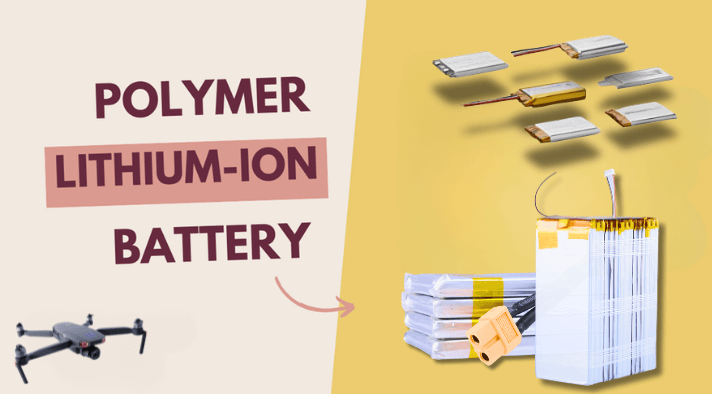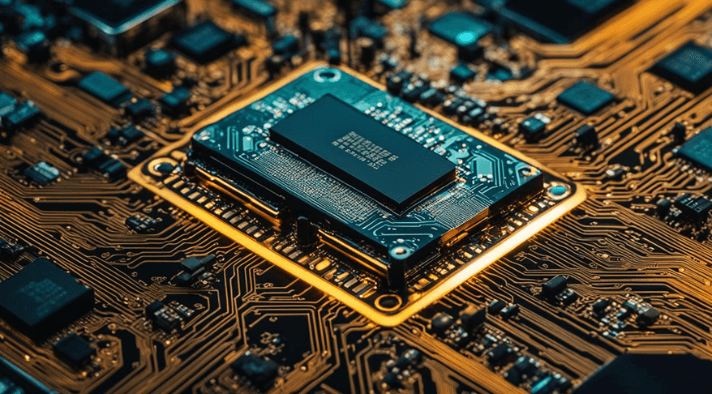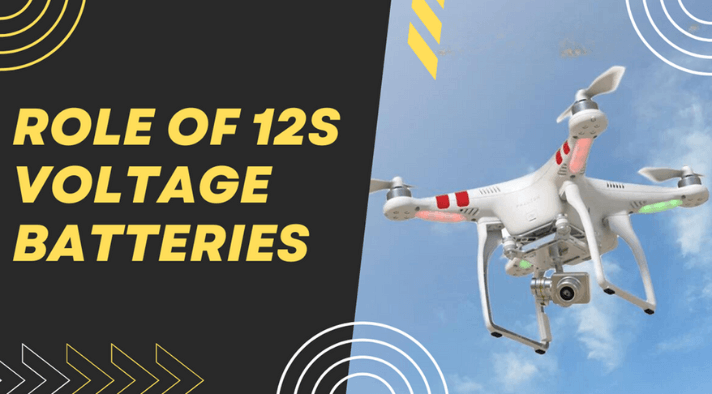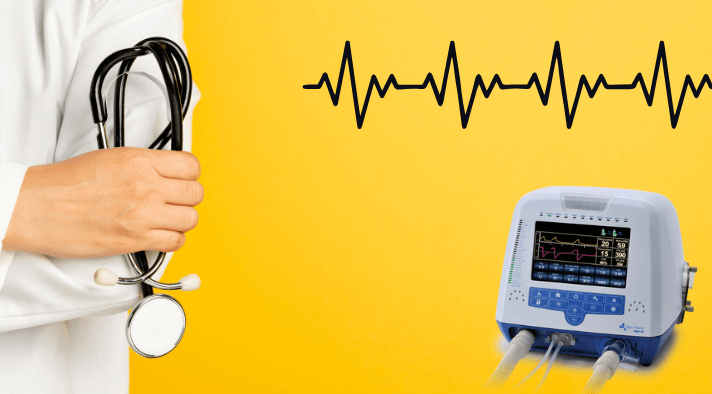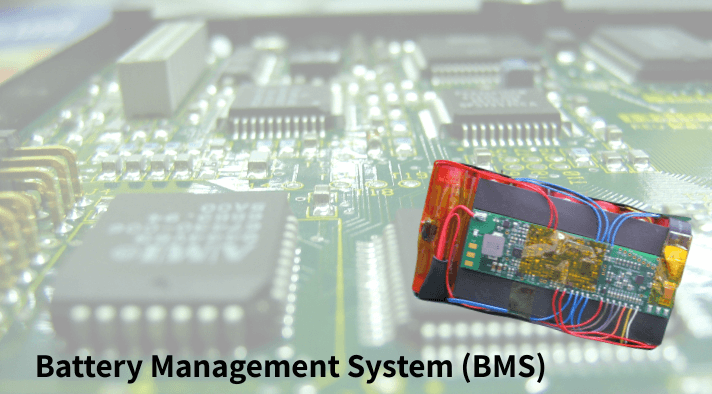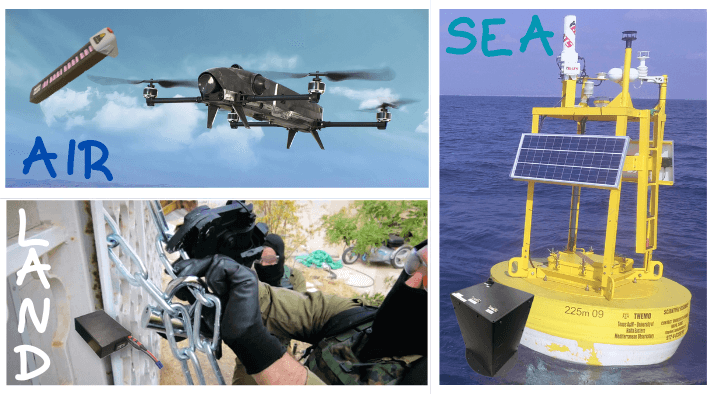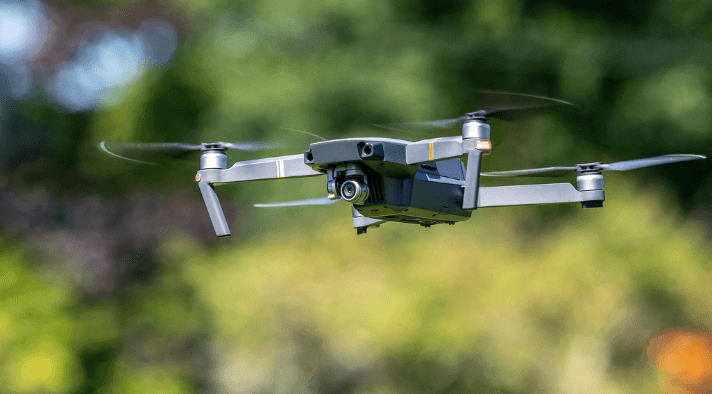In today’s world of drones and quadcopters, the battery you choose is crucial. Polymer lithium-ion battery are a standout option for powering these aerial gadgets. They’re light, pack a lot of power, and keep your drone flying smoothly.
This article digs into why these batteries are the go-to choice for drones and similar devices. We’ll look at how they work and why they’re the top pick for keeping your drone buzzing through the skies.
Understanding Polymer Lithium-Ion Batteries
What are Polymer Lithium-Ion Batteries?
Polymer lithium-ion batteries, also known as LiPo batteries, are rechargeable energy storage devices that utilize a solid polymer electrolyte. Unlike traditional lithium-ion batteries, which use liquid electrolytes, polymer lithium-ion batteries offer several distinct advantages.
Composition and Structure
Polymer lithium-ion batteries consist of multiple layers, including cathode, anode, separator, and electrolyte. The polymer electrolyte enables flexibility and lightweight construction, making them ideal for applications where weight and space are critical factors.
Advantages of Polymer Lithium-Ion Batteries
There are many advantages of polymer lithium-lon batteries but here are the top 5 advantages following:
Lightweight Design
One of the most significant advantages of polymer lithium-ion batteries is their lightweight design. The use of a solid polymer electrolyte eliminates the need for heavy metal casing, resulting in a compact and lightweight battery pack. This weight reduction is particularly beneficial for UAVs and quadcopters, where every gram counts.
High Energy Density
Polymer lithium-ion battery offer a high energy density compared to other battery chemistries. This means they can store more energy per unit volume or weight, allowing UAVs and quadcopters to achieve longer flight times and increased payload capacity without compromising performance.
Power Delivery for Agile Flight
Another key advantage of polymer lithium-ion batteries is their ability to deliver power consistently, even under high load conditions. This ensures that UAVs and quadcopters maintain optimal performance throughout a flight, enabling agile maneuvers and responsive control.
Durability
Polymer lithium-ion batteries are known for their robust construction, making them highly durable and resistant to damage from impacts or vibrations. This durability ensures that the batteries can withstand the rigors of frequent use and harsh environmental conditions, making them ideal for demanding applications such as UAVs and quadcopters.
Low Self-Discharge Rate
Polymer lithium-ion batteries have a lower self-discharge rate compared to other battery types, meaning they retain their charge for longer periods when not in use. This attribute is particularly advantageous for drones and quadcopters.
As it allows operators to store batteries for extended periods without worrying about significant power loss. As a result, users can be confident that their batteries will be ready for flight whenever they need them, enhancing convenience and reliability
Applications in UAVs and Quadcopters Batterys
Why Polymer Lithium-Ion Batteries are Preferred
The lightweight design, high energy density, and reliable power delivery make polymer lithium-ion battery the best choice for UAVs and quadcopters.
These batteries enable longer flight times, faster charging, and enhanced overall performance, allowing operators to achieve their mission objectives more efficiently.
Enhancing Flight Performance
Polymer lithium-ion batteries play a crucial role in enhancing the flight performance of UAVs and quadcopter battery. By providing ample power in a lightweight package, these batteries enable longer flight times, faster acceleration, and improved maneuverability, allowing operators to capture high-quality aerial footage and execute complex missions with ease.
Drone Battery Types
Discover different drone battery types, including lithium polymer (LiPo), lithium-ion (Li-ion), and nickel-cadmium (NiCd), each offering unique advantages for powering your aerial adventures.
Polymer Lithium-Ion Batteries
Polymer Lithium-Ion batteries, also known as LiPo batteries, are highly favored for drone applications due to their lightweight design and high energy density. These batteries utilize a solid polymer electrolyte, allowing for a compact and flexible construction that suits the compact size and weight requirements of drones.
Lithium-Ion (Li-ion) Batteries
Lithium-Ion batteries are another type commonly used in drones. While slightly heavier than LiPo batteries, they offer a longer lifespan and are less prone to swelling or puffing. Li-ion batteries provide stable power output throughout the flight, making them suitable for professional and long-duration drone operations.
Nickel-Cadmium (NiCd) Batteries
Although less common in modern drones, nickel cadmium batteries were once widely used due to their robustness and ability to handle high discharge rates. However, they are heavier and have a lower energy density compared to lithium-based batteries, making them less suitable for lightweight and agile drone applications.
Comparing Polymer Lithium-Ion with Other Battery Types
Traditional Lithium-Ion Batteries
While traditional lithium-ion batteries offer similar advantages in terms of energy density and power delivery, they are typically bulkier and less flexible than polymer lithium-ion batteries. This makes them less suitable for applications where weight and space are critical factors.
Nickel-Cadmium Batteries
Nickel-cadmium batteries, once popular for their robustness and longevity, have largely been replaced by lithium-ion batteries due to concerns over cadmium toxicity and lower energy density. Polymer lithium-ion batteries offer a safer and more environmentally friendly alternative without compromising performance.

The Importance of UAV Battery
UAV batteries are vital components powering unmanned aerial vehicles, dictating their performance and capabilities. Advancements in battery technology focus on enhancing energy density, lifespan, and safety features to meet the evolving demands of UAV applications.
UAV battery are Lightweight and high-performance batteries enable extended flight times and increased payload capacities, ensuring drones can fulfill their diverse missions efficiently and reliably.
Safety Considerations
Preventing Overheating and Fires
While polymer lithium-ion batteries are generally safe when handled properly, there is a risk of overheating and fires if they are damaged or abused. To mitigate this risk, users should follow manufacturer guidelines for charging, storage, and usage, and avoid exposing batteries to extreme temperatures or physical trauma.
Handling and Storage Guidelines
Proper handling and storage are essential to ensure the safety and longevity of polymer lithium-ion batteries. Users should store batteries in a cool, dry place away from direct sunlight and moisture, and avoid overcharging or discharging them beyond recommended limits.
Future Trends and Innovations
Future trends and innovations in drone battery technology focus on improving energy density, enhancing safety features, and reducing charging times. Researchers are exploring advanced materials and battery architectures to create batteries that offer longer flight times and increased reliability.
Additionally, innovations in battery management systems and smart charging algorithms are expected to optimize performance and prolong battery lifespan, ensuring that drones remain at the forefront of technological advancement.
Conclusion
In conclusion, polymer lithium-ion batteries have revolutionized modern UAVs and quadcopters battery capabilities. Their lightweight design, high energy density, and reliable power delivery make them the preferred choice for powering these aerial platforms. As drone technology continues to advance, the importance of high-performance batteries will only grow, driving further innovation in battery technology.
FAQs
What is the lifespan of a polymer lithium-ion battery?
Polymer lithium-ion batteries typically last for hundreds of charge-discharge cycles, depending on usage and maintenance.
Can polymer lithium-ion batteries be used in extreme weather conditions?
While polymer lithium-ion batteries can withstand moderate temperature variations, extreme heat or cold may affect their performance.
Are there any restrictions on carrying UAV batteries during air travel?
Airlines may have specific regulations regarding the transportation of lithium-ion batteries. It’s essential to check with the airline before traveling with drone batteries.
How do polymer lithium-ion batteries contribute to reducing carbon emissions?
By enabling longer flight times and increased efficiency, polymer lithium-ion batteries help reduce the need for fossil fuel-powered drones, thereby lowering carbon emissions.
What factors should I consider when choosing a polymer lithium-ion battery for my UAV or quadcopter?
Factors to consider include battery capacity, voltage, weight, and compatibility with your drone model. Additionally, it’s crucial to prioritize safety features and reliability when selecting a battery for aerial applications.

